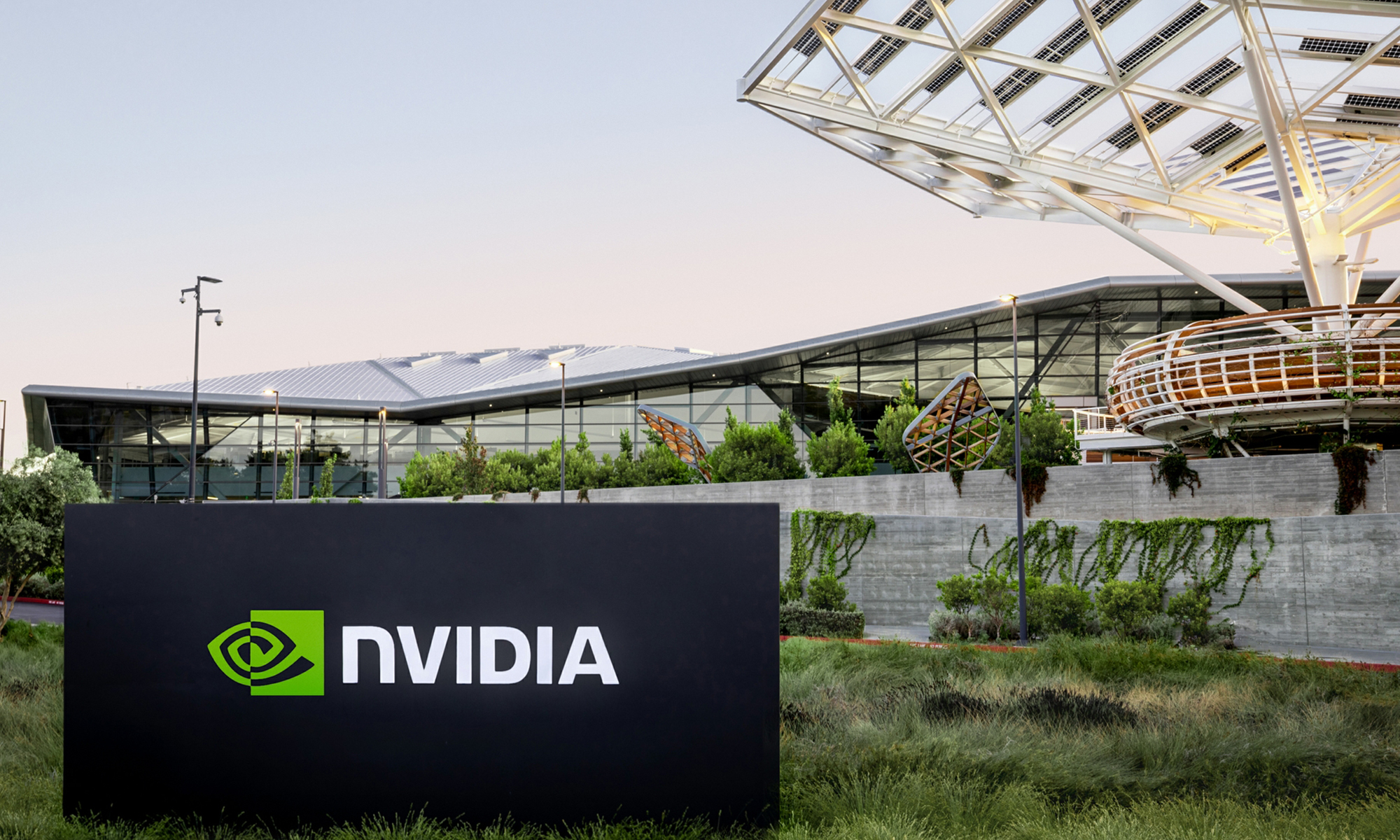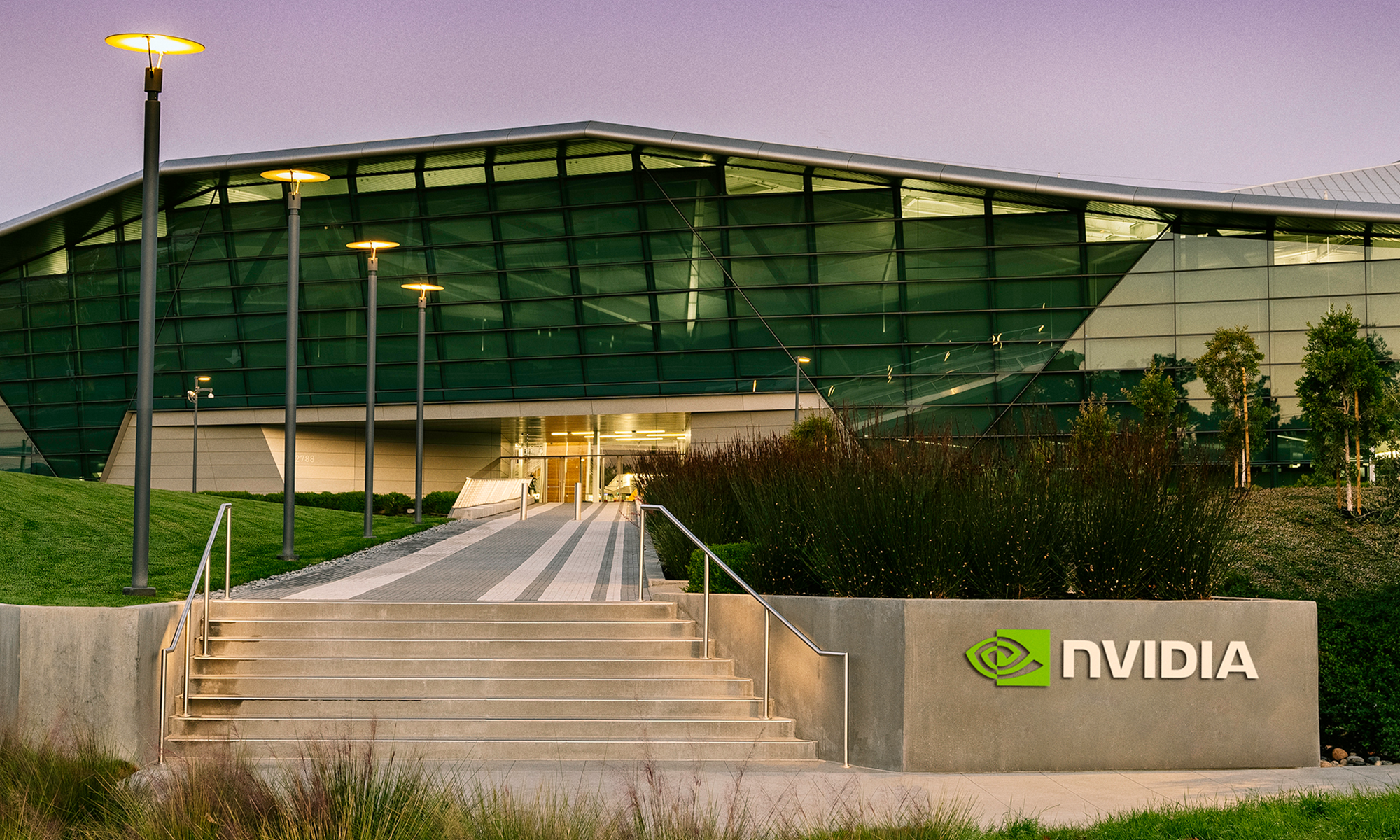After a year of uncertainty, NVIDIA (NVDA 0.05%) shareholders were holding out hope that the company could return to year-over-year revenue growth, or at least continue the incremental improvements it has delivered in each of the previous two quarters. While the return to growth has yet to materialize, NVIDIA did deliver sequential improvement in its third-quarter earnings report out Thursday, supporting investors' hopes that the worst is over.
For the fiscal 2020 third quarter, which ended Oct. 27, NVIDIA reported revenue of $3.01 billion, down 5% year over year -- but up 17% sequentially. This was easily above analysts' consensus top estimates of $2.91 billion and the high end of management's forecast, which called for $2.96 billion. Profits were equally promising, as adjusted earnings per share of $1.78 declined 3% from a year ago but soared past expectations of $1.57.
Beyond the headline numbers, there were three important details tucked away in NVIDIA's earnings report and the subsequent conference call.

Image source: NVIDIA.
1. A recovery in data center spending?
Two quarters of year-over-year declines in data center spending had investors fearing the worst, but it seems the segment is on the brink of a meaningful recovery. Data center revenue hit $726 million, down 8% year over year but up 11% sequentially.
NVIDIA addressed the future prospects of its high-growth business twice in the earnings report. As part of the company's fourth-quarter guidance, NVIDIA said, "Strong sequential growth is expected in data center." Meanwhile, in the press release, founder and CEO Jensen Huang noted, "We see strong data center growth ahead, driven by the rise of conversational AI and inference."
2. A return to revenue growth
Last year's fourth quarter marked the beginning of NVIDIA's fall from grace, generating revenue of $2.21 billion, which was down 24%, and each quarter since has yielded additional year-over-year revenue declines.
For the upcoming fourth quarter, NVIDIA is guiding for revenue of $2.9 billion at the midpoint of its guidance. Barring unforeseen circumstances, this will mark a return to growth for the tech giant after four consecutive quarters of year-over-year declines. If NVIDIA meets its forecast, that would represent growth of 31% year over year -- the first such increase since the quarter that ended Oct. 2018.
3. AI remains a significant growth driver
The growing use of artificial intelligence (AI) by various companies was one of the biggest factors in NVIDIA's rise to prominence that began in 2016. Machine learning -- the branch of AI that gives computers the ability to learn without being explicitly programmed to do so -- experienced rapid adoption across a wide range of businesses and industries. Graphics processing units (GPUs) are NVIDIA's bread and butter, and they provide the raw processing power necessary to support this breakthrough technology.
During the conference call, Huang noted several specific instances that pointed to future increased demand driven by AI. For instance, NVIDIA announced last week that it had signed a groundbreaking deal with the U.S. Postal Service. The agency will adopt NVIDIA's AI technology, which will enable the processing of packages 10 times faster than was previously possible.

Image source: Getty Images.
Recent breakthroughs in language processing to Alphabet's Google (GOOGL +1.02%) (GOOG +1.05%) are also driving demand for NVIDIA GPUs. Google's Bidirectional Encoder Representations from Transformers (BERT) algorithm can better understand the nuances and context of words in searches and will impact 10% of all search queries going forward. The massive and highly complex AI employed by BERT requires infrastructure that is "orders of magnitude beyond what [was] needed in the past," according to Huang.
Additionally, real-time conversational AI "is a major driver for GPU accelerated inference," because it requires multiple systems to handle speech recognition, language understanding, text to speech, and voice encoding. Huang said NVIDIA GPUs can handle the complicated task where more conventional approaches have failed.
Each of these developments points to greener pastures for NVIDIA.
Working its way back to growth
While NVIDIA hit some of the inevitable difficulties that all companies face, it is gradually working its way back to growth. The eventual rise of AI, with its potential to impact many areas of everyday life, will require a massive amount of parallel computing capability -- a job that GPUs and NVIDIA are uniquely suited to do.








